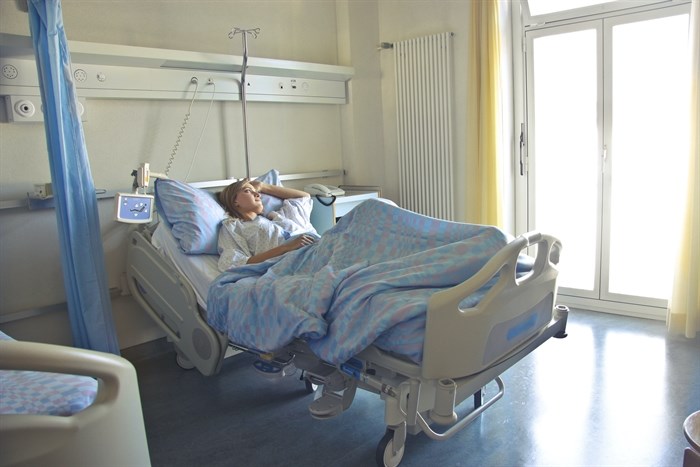
Image Credit: Pexels/Andrea Placquadio
July 01, 2022 - 11:00 AM
While the COVID-19 pandemic is still with us, it has almost disappeared from the headlines.
The latest Omicron subvariants are more contagious than ever but the symptoms are less severe. That doesn’t mean, however, that it isn’t deadly for some people.
Over the past two months, 96 people in the Interior Health region died from COVID-19 and those aren’t the final numbers.
READ MORE: Medically assisted deaths spike through pandemic years
Data published by the B.C. Centre for Disease Control each Thursday only report up to the Saturday before.
That means there’s only published data until June 25.
That data is revised every week as well, with 17 more deaths having been added since May 1 than were originally published.
That means there could end up being more than the five deaths that were reported for the week of June 19-25.
Still, the number of new cases has steadily declined to 72 in the June 19-25 period from a recent high of 588 from May 8-14.
Hospitalizations per week have fallen from 50-60 per week in early May to only a dozen in the last couple of weeks.
Provincial numbers have fallen as well but 472 B.C. residents have been recorded as having died from COVID since May 1.
The number of new cases reported provincially each week fell from about 2,000 in early May to 620 last week and hospitalizations are down in the 150-160 range now compared to more than 300 a week earlier in May.
That doesn’t mean that the decline won’t be reversed.
Quebec is reporting a surge in new hospitalizations and a possible seventh wave of the disease.
READ MORE: Quebec COVID-19 hospitalizations rising as new variants gaining ground
As of June 29, there were 1,260 people in Quebec hospital beds with COVID, 35 of whom were in intensive care.
The rise in cases is being attributed to new subvariants of the Omicron variant, such as BA2.12.1, BA.5 and BA.4 but there has yet to be any increase in COVID-19 restrictions.
The subvariants are also causing concerns in the United States and other parts of the world.
“In the United States, COVID is currently on the decline, but BA.4 and BA.5 could change that,” stated a June 24 report by the Institute for Health Metrics and Evaluation.
Vaccines and previous infections offer less protection from these subvariants at a time when people are travelling more and wearing masks less, according to the report.
The institute expects case numbers to continue to decline in the U.S. through to the end of September before the next wave of infections hit.
It recommends that people get another dose of vaccine.
In the Interior Health region, and in B.C. as a whole, vaccination rates have barely budged over the last two months.
As of today, 88% of B.C. residents have had at least one dose of vaccine, 85% two doses and 54% with three.
Interior Health vaccination rates are about 5% lower than the provincial average with 83% with at least one dose, 80% with two and 48% with three.
Enderby continues to have the lowest vaccination rate in the region at 72% with at least one dose. In B.C., only Peace River North is lower at 71%.
Kamloops Centre South has the highest vaccination rate in the Interior Health region at 95%. Some areas of B.C. show 100% of their residents with at least one dose, including the downtown, False Creek and West End of Vancouver.
To contact a reporter for this story, email Rob Munro or call 250-808-0143 or email the editor. You can also submit photos, videos or news tips to the newsroom and be entered to win a monthly prize draw.
We welcome your comments and opinions on our stories but play nice. We won't censor or delete comments unless they contain off-topic statements or links, unnecessary vulgarity, false facts, spam or obviously fake profiles. If you have any concerns about what you see in comments, email the editor in the link above.
News from © iNFOnews, 2022